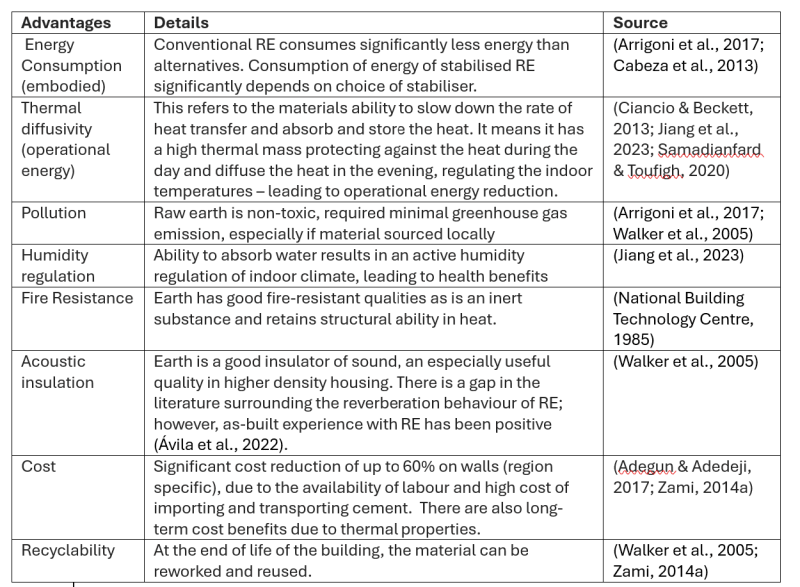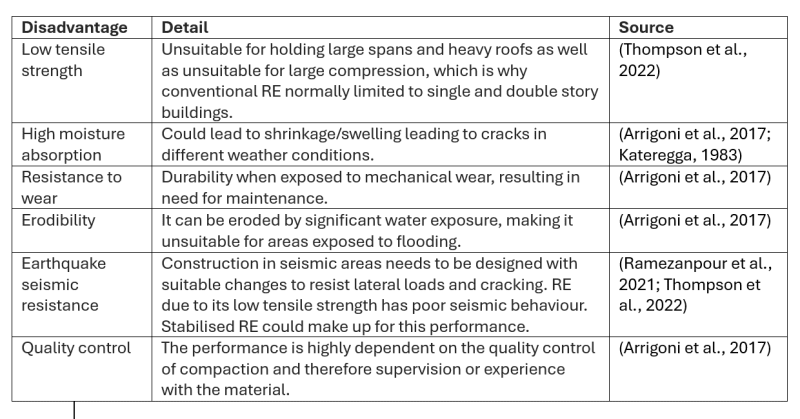Ali_oh_mali
Civil/Environmental
- Apr 22, 2024
- 7
Hey all, just looking for some information on updated standards for Rammed earth structures.
Seen some stunning buildings online, and recently visited some in the UK and Ghana. Any recommendations on which codes are the most up-to-date. Most of what I can find is advice from experienced builders, which is incredibly valuable, but have to develop a model for the client, so any recommendations on what standard is best practise at the moment would be appreciated.
Thanks
Al
Seen some stunning buildings online, and recently visited some in the UK and Ghana. Any recommendations on which codes are the most up-to-date. Most of what I can find is advice from experienced builders, which is incredibly valuable, but have to develop a model for the client, so any recommendations on what standard is best practise at the moment would be appreciated.
Thanks
Al



